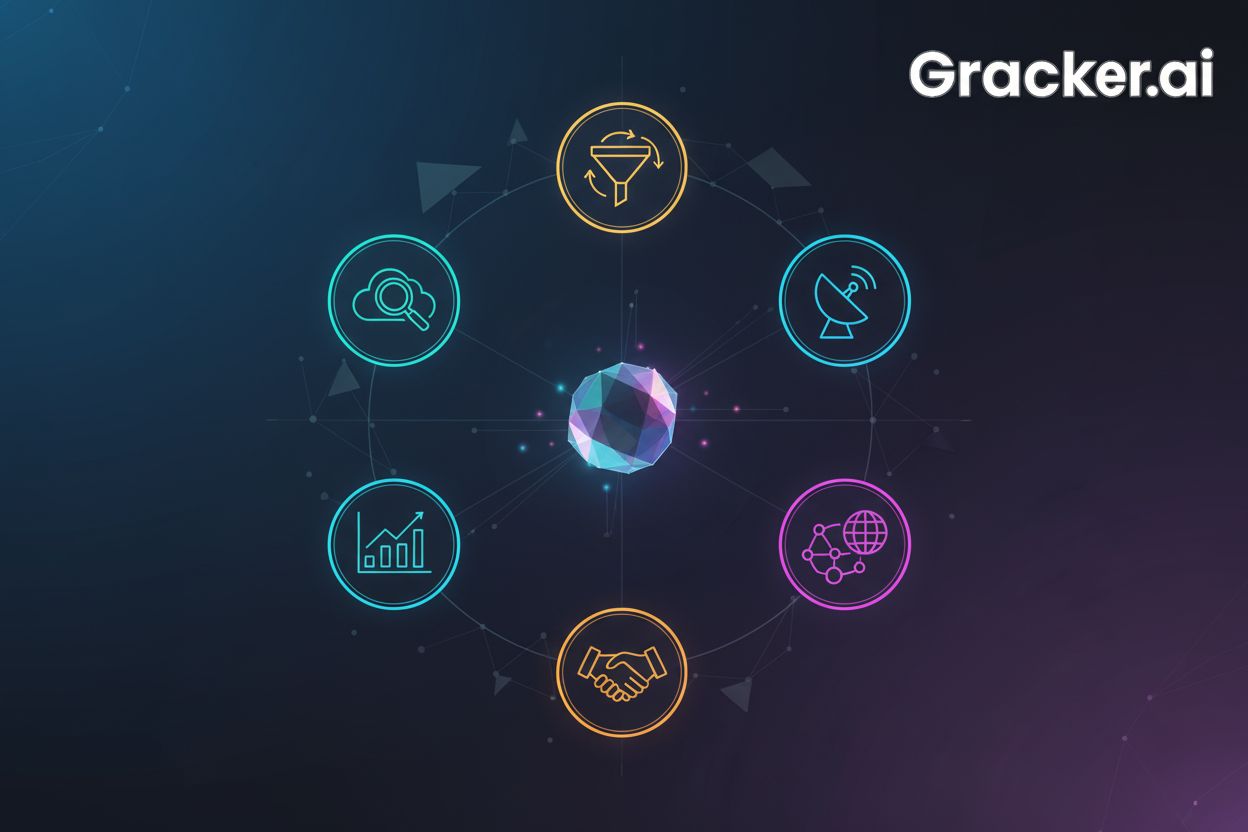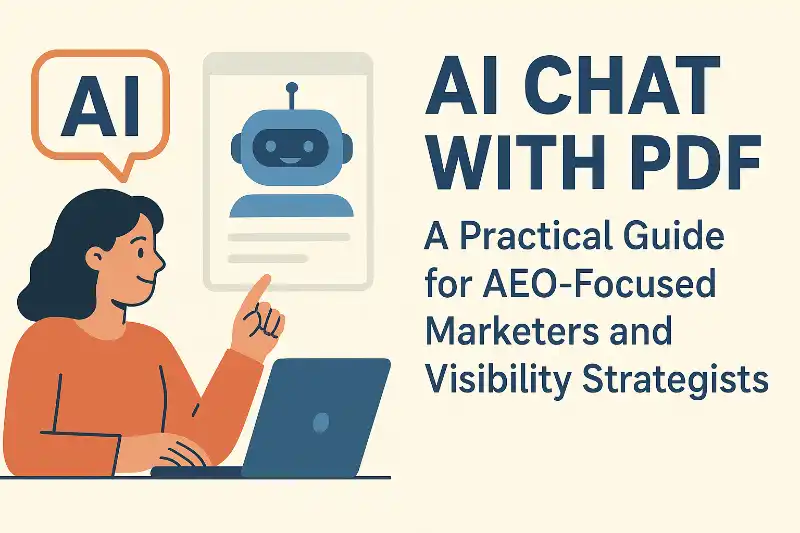AI and the Future of Cybersecurity
Artificial intelligence reshapes every part of modern security. It changes how you detect threats, respond to incidents, and protect data.
The shift is fast and constant. Traditional defenses no longer hold the line. Attackers move faster, automate faster, and adapt faster. Security now depends on how well you use AI.
The Growing Role of AI in Cyber Defense
AI systems process data faster than any human team. They spot small, suspicious patterns in network traffic, emails, and code. These systems help your analysts focus on what matters most. The biggest strength of AI lies in speed. It identifies threats before they grow.
Machine learning models improve through training. They learn from millions of threat samples and security incidents.
This continuous learning keeps them alert to new attack methods. For example, AI tools recognize phishing attempts through subtle clues such as word choice or sender behavior. They adapt as attackers change tactics.
However, AI also increases your dependency on data. The quality of that data defines how accurate your system becomes. Poor data creates blind spots. Skilled security teams combine AI insights with human judgment to avoid false positives.
New Risks from AI-Driven Attacks
Attackers now use AI to increase precision and scale. They automate social engineering, generate fake voices, and craft realistic phishing emails. They use generative models to test defenses, find weak spots, and bypass filters.
AI-powered malware modifies itself to escape detection. These adaptive attacks require new defense models. Security teams must anticipate how AI will be used against them. They must train models not only to detect threats but to predict behavior.
Defending against AI attacks also demands better visibility. You need real-time monitoring across systems, networks, and endpoints. You need data from every layer of your environment. Without it, AI defenses lose context and accuracy.
Security teams that ignore these threats face exponential risks. Attackers will exploit automation gaps, manipulate models, and turn your own tools into attack surfaces.
How AI Security Services Strengthen Defense
AI-based security services expand your ability to detect, respond, and recover. They combine predictive analytics with continuous monitoring. They test your environment against both known and unknown threats.
For example, Bishop Fox AI/LLM security services focus on identifying vulnerabilities in AI and large language model systems. These services evaluate model prompts, data exposure, and system responses for weaknesses.
They simulate attacks to test how AI models behave under manipulation. This helps you secure models before deployment and maintain compliance during operation.
AI-focused security assessments also reveal how attackers might exploit automation tools or training data.
They ensure your organization uses AI safely without exposing sensitive information. Integrating such services into your security program protects against emerging AI-specific risks.
Building a Secure AI Framework
AI security requires structure and control. A strong framework sets boundaries for model training, data use, and output handling. You need clear policies for access, monitoring, and updates.
Start by classifying all data used to train or interact with AI systems. Protect sensitive or proprietary information from exposure. Then, apply encryption and access control to keep data secure during training and inference.
Regularly audit model behavior. Look for biases, incorrect outputs, and signs of manipulation. Continuous testing ensures your AI remains safe under changing conditions. You must also manage your vendors. Confirm their systems follow your standards.
Transparency matters. You should know how models make decisions and which data they use. Explainability supports trust and helps during incident response.
The Human Element in AI Security
AI supports, but never replaces, skilled analysts. Human judgment interprets context, motives, and impact. Analysts make final decisions when systems raise alerts. They understand what the data means for the business.
To stay effective, your team must learn how to use AI tools properly. Training should cover both technical and ethical aspects. Analysts should know when to question results and when to act.
AI systems also need human oversight to ensure fairness and compliance. Without it, errors can spread fast and unnoticed. Human review keeps AI systems aligned with organizational goals.
The Path Forward
AI will keep reshaping cybersecurity. It improves detection, speeds response, and anticipates threats. Yet it also introduces new attack surfaces and ethical concerns. Success depends on balance. You need strong tools, disciplined frameworks, and skilled people.
Security leaders must treat AI as both a solution and a risk. They must invest in defenses that adapt, learn, and evolve. Those who prepare now will face fewer surprises later. Those who wait will spend more time reacting than defending.
Cybersecurity has always been about awareness and timing. AI makes that truer than ever. The faster you align technology, policy, and people, the stronger your defense becomes.





